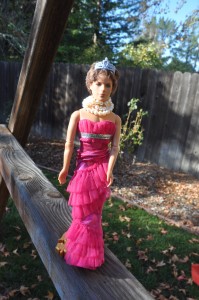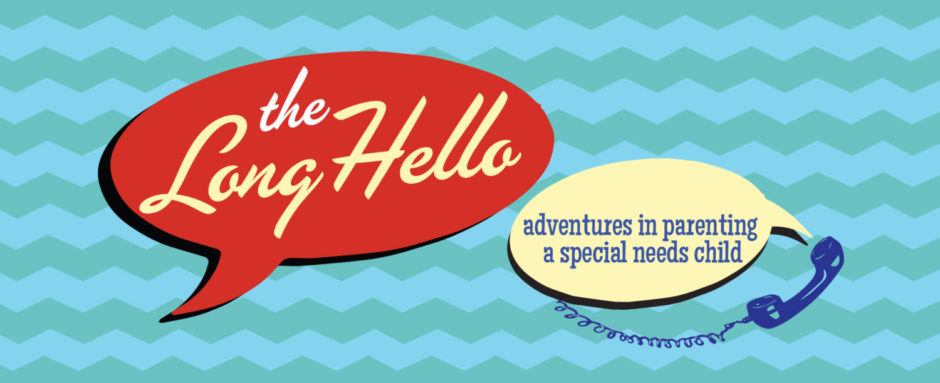Sandwiched between two sisters, it’s easy to see where our special needs son gets his love for all things sparkly, pink and royal. At first, we decided not to make an issue of it, and our princess boy happily pranced around in mermaid dress-up clothes and asked for dolls at every gift-giving opportunity. While typically developing kids may have a deep interest in a toy, topic or play theme for about six months, our son lived in a magical kingdom for a solid three years.
 Really Dude, Barbies?
Really Dude, Barbies?
As he grew older, we realized that we needed to manage his obsession with pink-hued play options. For one thing, his peers were starting to notice. “Really dude, Barbies?” asked one younger boy, when our son was discussing his interest in dolls.
Social interactions will always be a big challenge for our son, and we didn’t want his interests to contribute to the problem.
Expanding and Redirecting
To help find a balance, we used two strategies: redirecting and expanding. Most parents know the strategy of redirecting, and it works great with typical children: you redirect a child’s attention to something else by offering another option. Here’s an example: your youngest child is throwing a fit because her older siblings are excluding her from a game. You redirect by a) offering to read her a book, b) finding a game that all three can play, or c) banishing all three outside to play while you pour yourself a glass of wine.
Redirecting isn’t sufficient for kids with autism because of their tendency to focus with laser-like intensity on ideas and objects, also known as perseverating. But fortunately there’s another strategy you can use in tandem with redirecting, which builds on the child’s interests and develops them in different directions, it’s called expanding.
We started working with an in-home Applied Behavioral Analysis (ABA) therapist and our son’s teacher to expand his interests. For instance, we expanded his princess theme by getting a castle that any boy would love – dark, scary and complete with dragons, a moat with flames and a prince. His in-home therapist also encouraged him to play the part of the prince in games. At first, he wasn’t having it: “I’m not a prince, I’m a princess,” he declared, but his (male) therapist kept talking about how great princes and boys are, and one day my son decided he was a boy after all. At school, we shifted his rewards from princess stickers to iPad activities.
We also encouraged his interest in any character or toy that was more gender neutral, or boy-focused. He doesn’t have an interest in sports teams or athletes, but he likes baseball hats, a small victory. Recently he discovered Star Wars and Chima Legos, and happily dressed as C3PO at Halloween. We also bought him clothes and toys featuring gender-neutral characters from popular movies, like the Minions. If that sounds too pricey, printing a picture of the character or toy for him to carry around was often enough.
Finding a Balance
While he still gravitates toward his sisters’ interests, and enjoys activities and toys that are more girl-oriented than boy, our son now has enough gender-appropriate interests to engage peers in play and conversation.

1 Response to Princess Boy: Two strategies for turning Barbie into C3PO